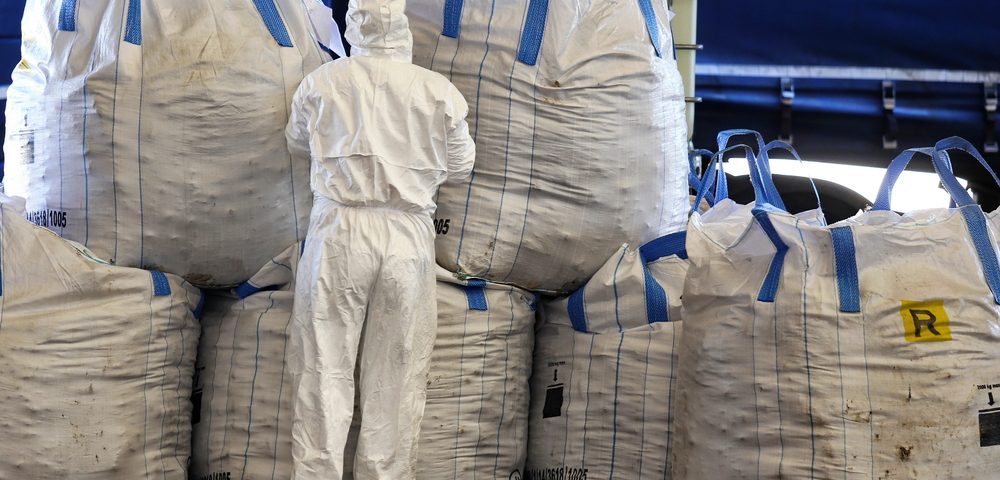The risk of developing or dying from some cancers increases steadily over time.
Scientists thought that was the case with malignant pleural mesothelioma, too, but an Italian study shows the risk plateaus four decades after workers are exposed to asbestos. The risk of peritoneal mesothelioma, on the other hand, does continue rising over time, as is the case with lung and ovarian cancers.
The study, “Italian pool of asbestos workers cohorts: mortality trends of asbestos-related neoplasms after long time since first exposure,” was published in the journal Occupational and Environmental Medicine.
Italy banned asbestos in 1992. The country was a major producer and user of asbestos and asbestos products, which meant a lot of Italian workers were exposed to it.
University of Eastern Piedmont researchers did a large-sample study to evaluate the long-term cancer risk of people exposed to asbestos.
The reason they did the research, they said, was that many scientists believe malignant mesothelioma rates continue to increase over time, while others dispute that notion.
They pooled data from 43 studies covering Italian asbestos workers. The group included people who worked with asbestos cement, helped transport the material, and used it in construction.
The team restricted their analysis to death rates between 1970 and 2010. It covered 51,801 workers — 46,060 men and 5,741 women. Almost 43 percent had died. In 95 percent of the deaths, the cause was identified.
The risk of death from cancers of the lungs, pleura, peritoneum and ovaries increased steadily after workers’ first exposure to asbestos, researchers discovered. Pleura are membranes around the lungs. Peritoneum is the thin layer of tissue that lines the abdomen.
The risk of death from asbesteosis, a chronic lung inflammation and scarring disease, and from bladder cancer also rose continually over time, the team said.
Researchers found no association between asbestos exposure and a steady increase in the risk of death from cancers of the larynx, pharynx, and digestive tract — stomach, colon, and rectum. The larynx is the voice box, and the pharynx another part of the throat.
The research team discovered that former asbestos workers’ risk of death from malignant pleural mesothelioma stabilized 40 years after the first exposure. In fact, there were some indications it actually decreased.
These findings contrasted with the traditional scientific notion that the risk of the malignant mesothelioma steadily increases after exposure to asbestos.
Overall, the findings “should be taken under consideration” when scientists “update the assessment of trends in MM [malignant mesothelioma] incidence at the national population level and also in the apportionment of MM risk,” the researchers concluded.


